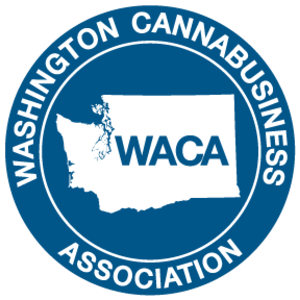This day-long conference will include the presentation of the Association's 2021-2022 Legislative & Regulatory Agenda as well as general updates on what is happening in the industry at the state level and nationwide.
Washington State University Center for Cannabis Policy, Research and Outreach: An introduction of CCPRO and its goals, major research programs and projects
- WSU CAHRNS Office of Research Assistant Director David Gang
